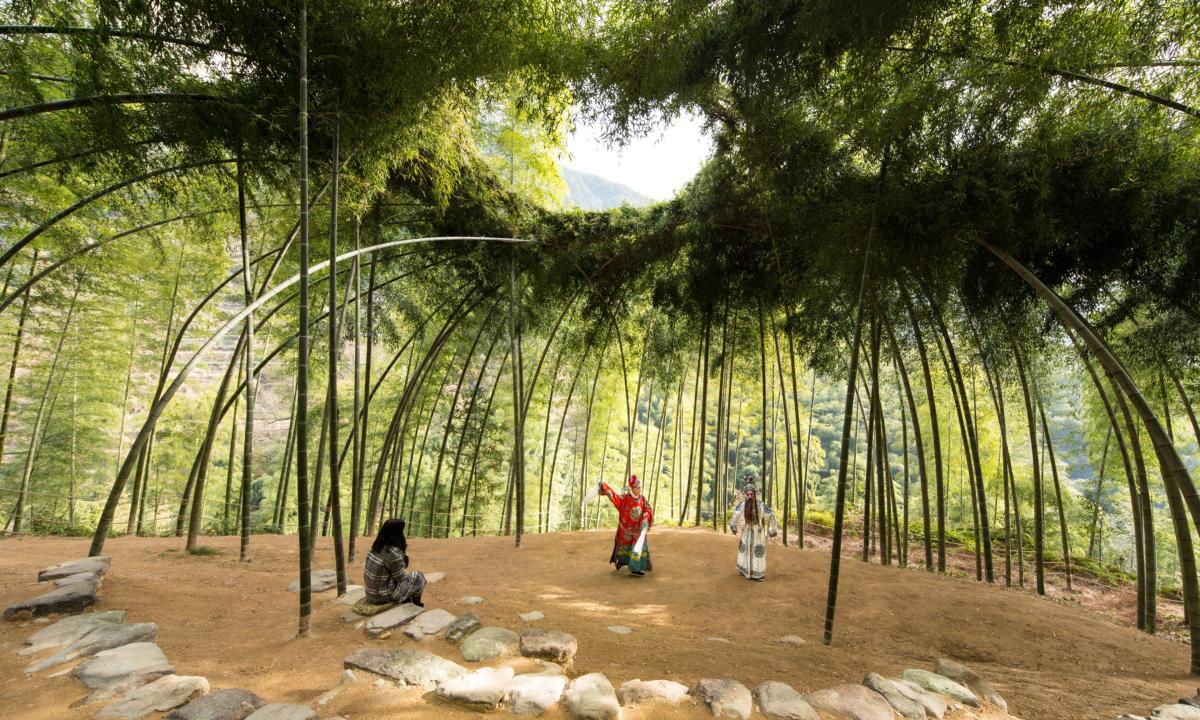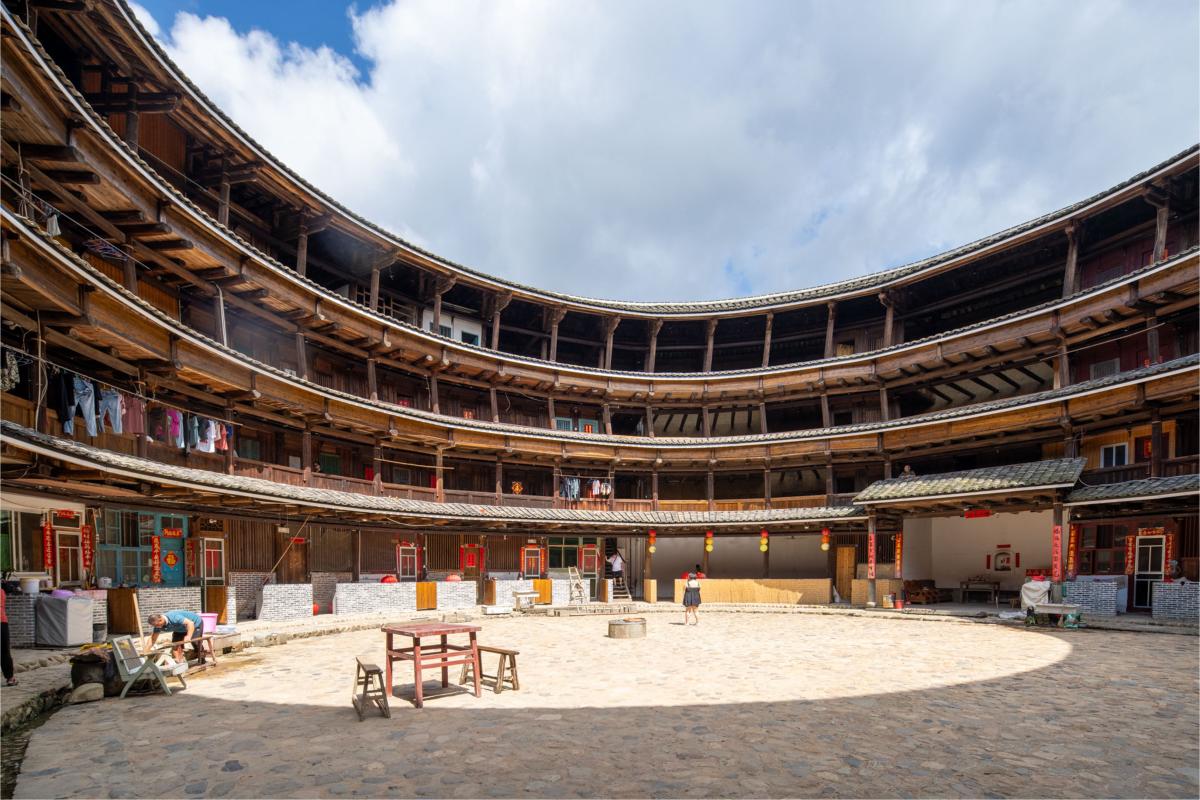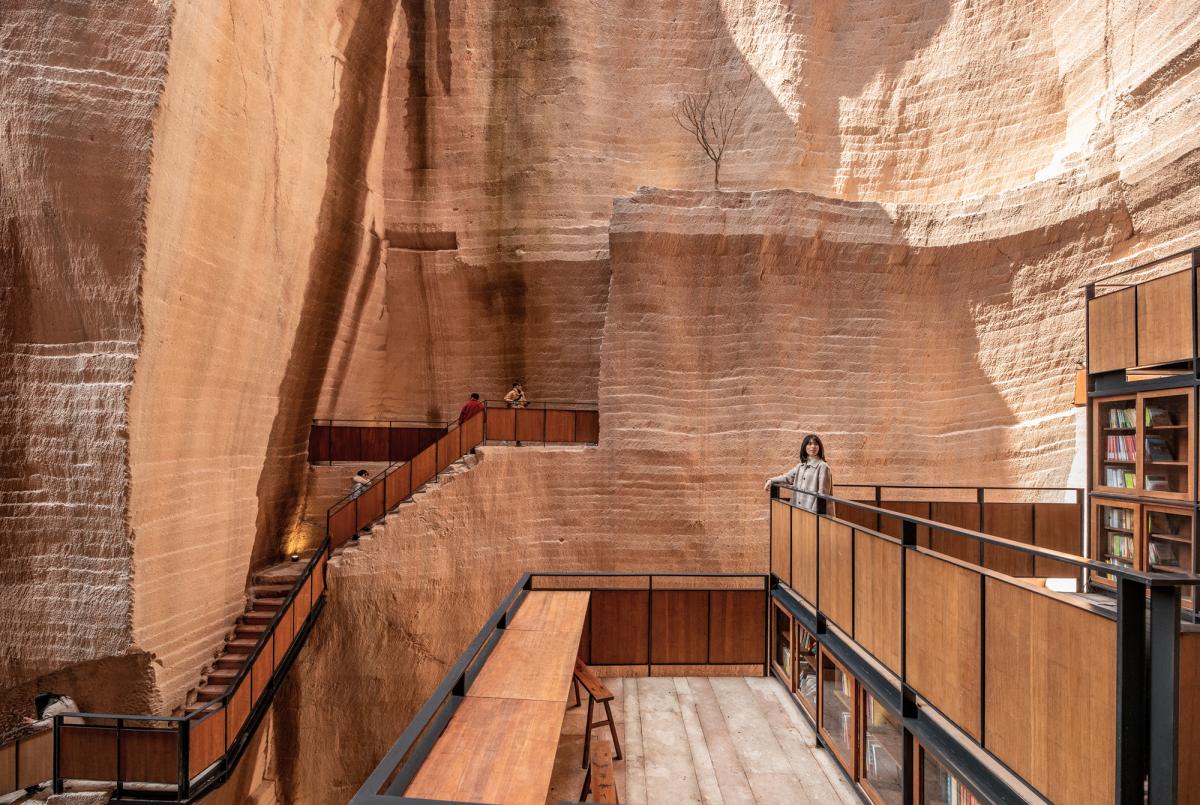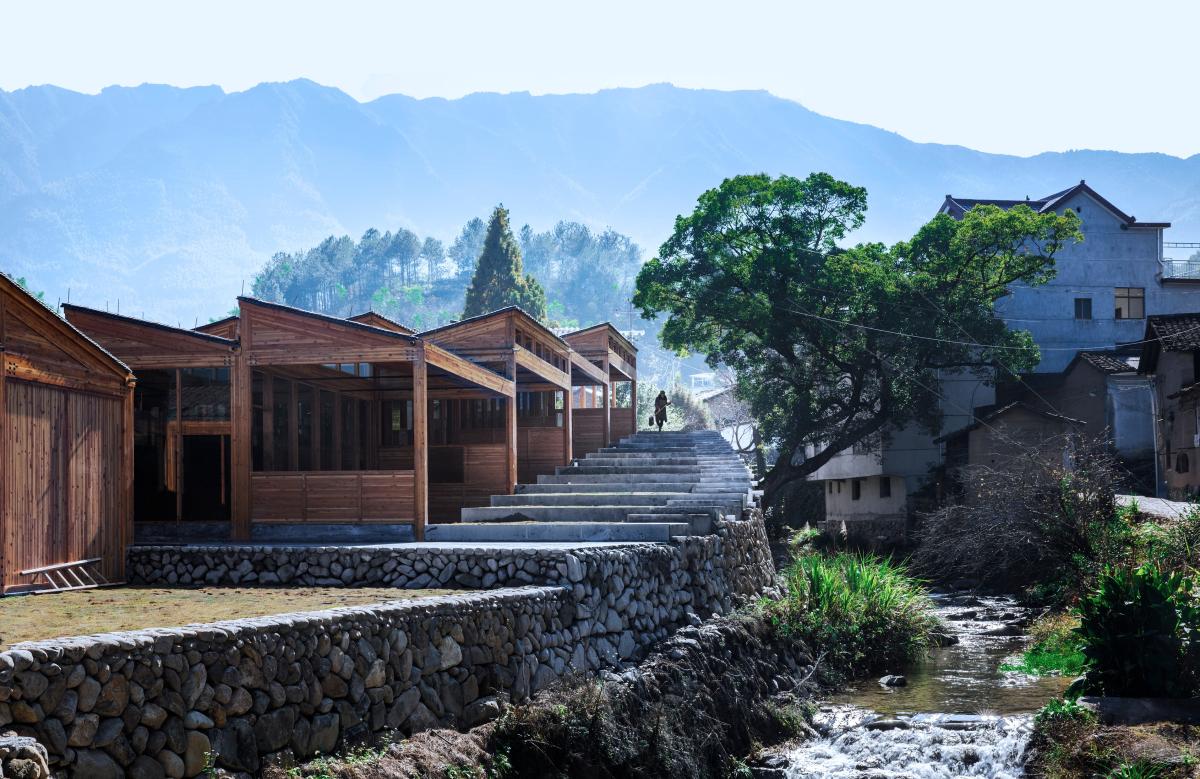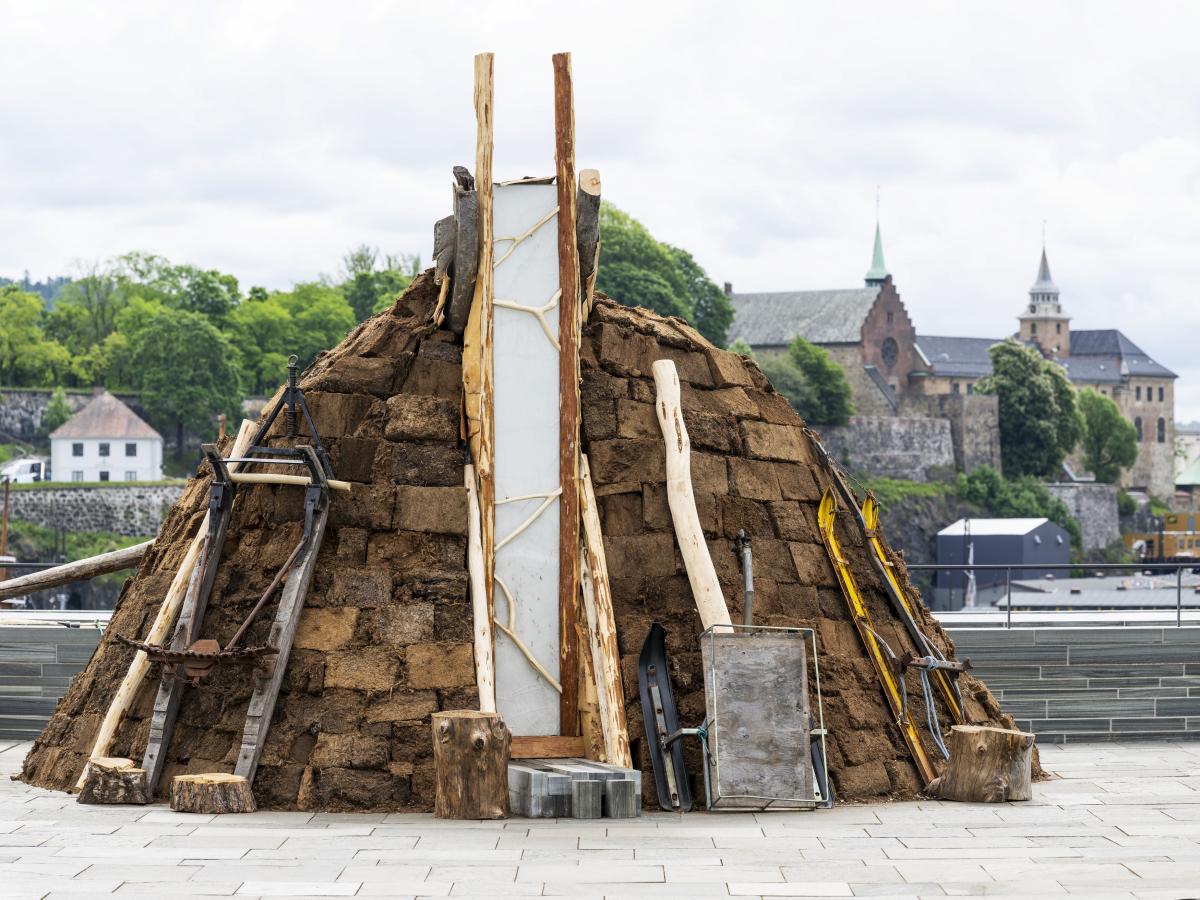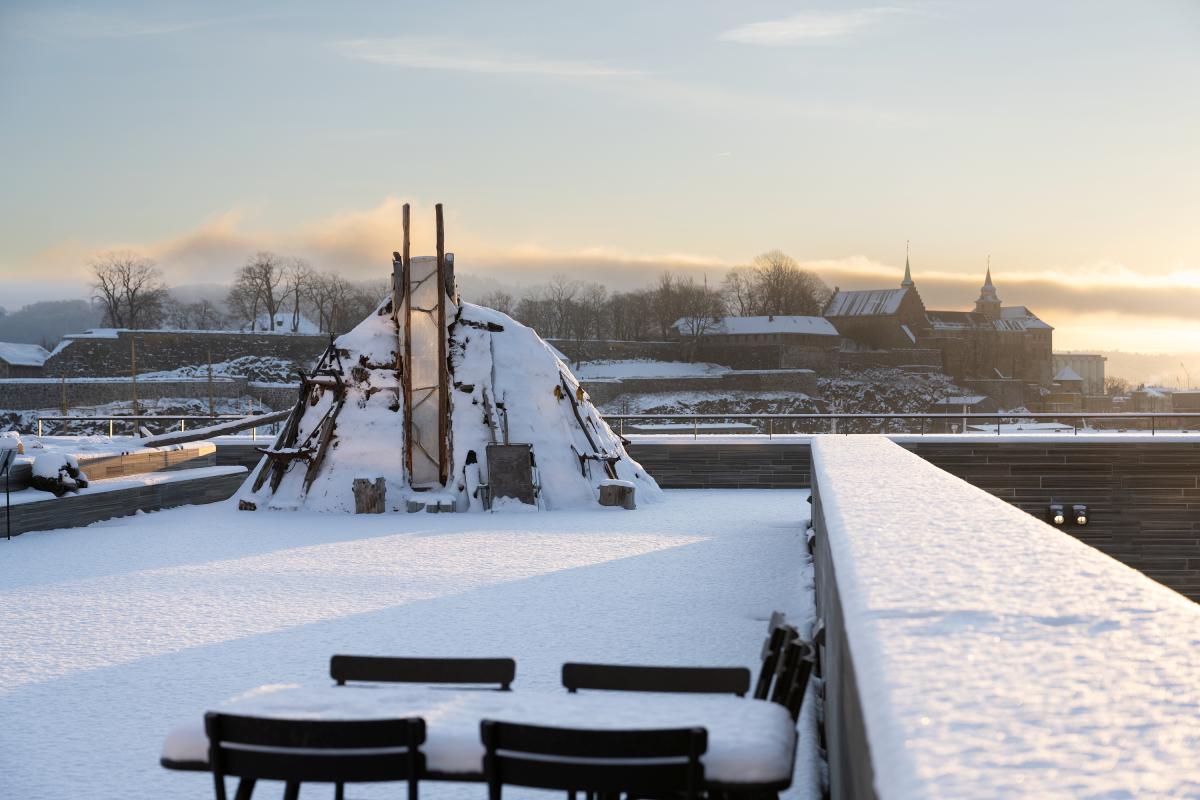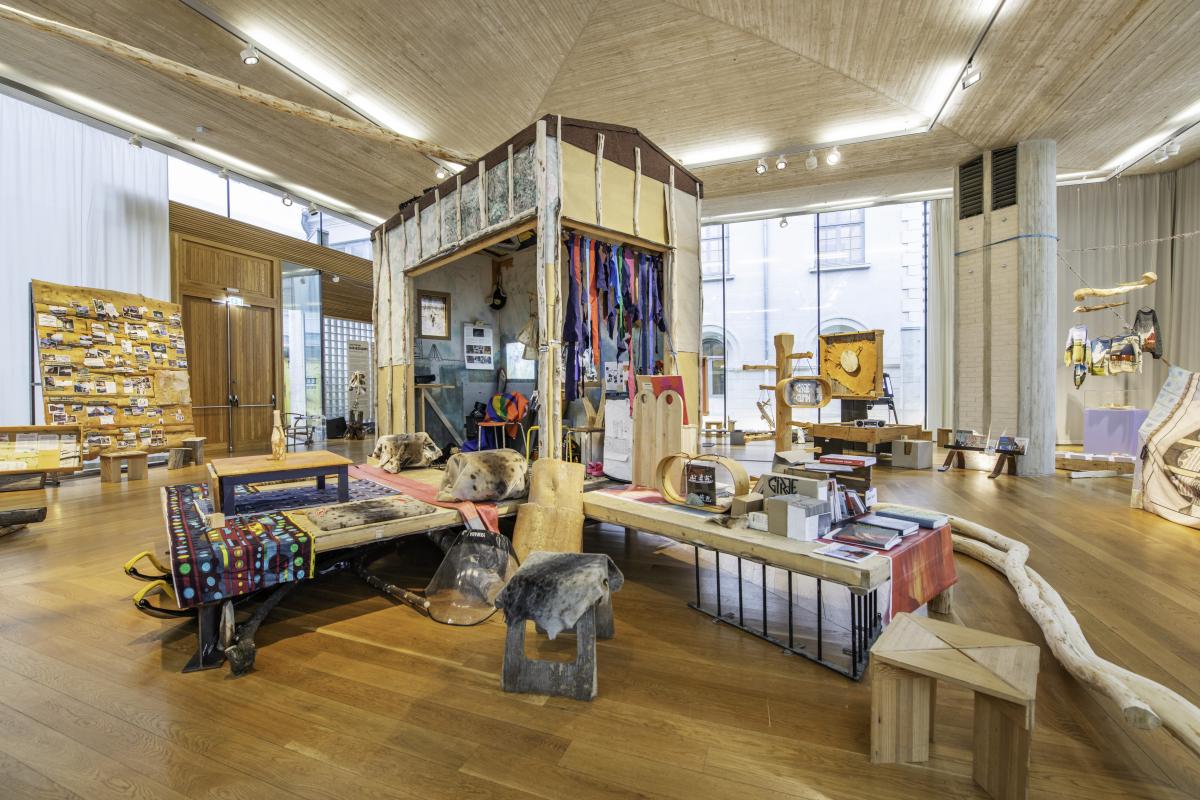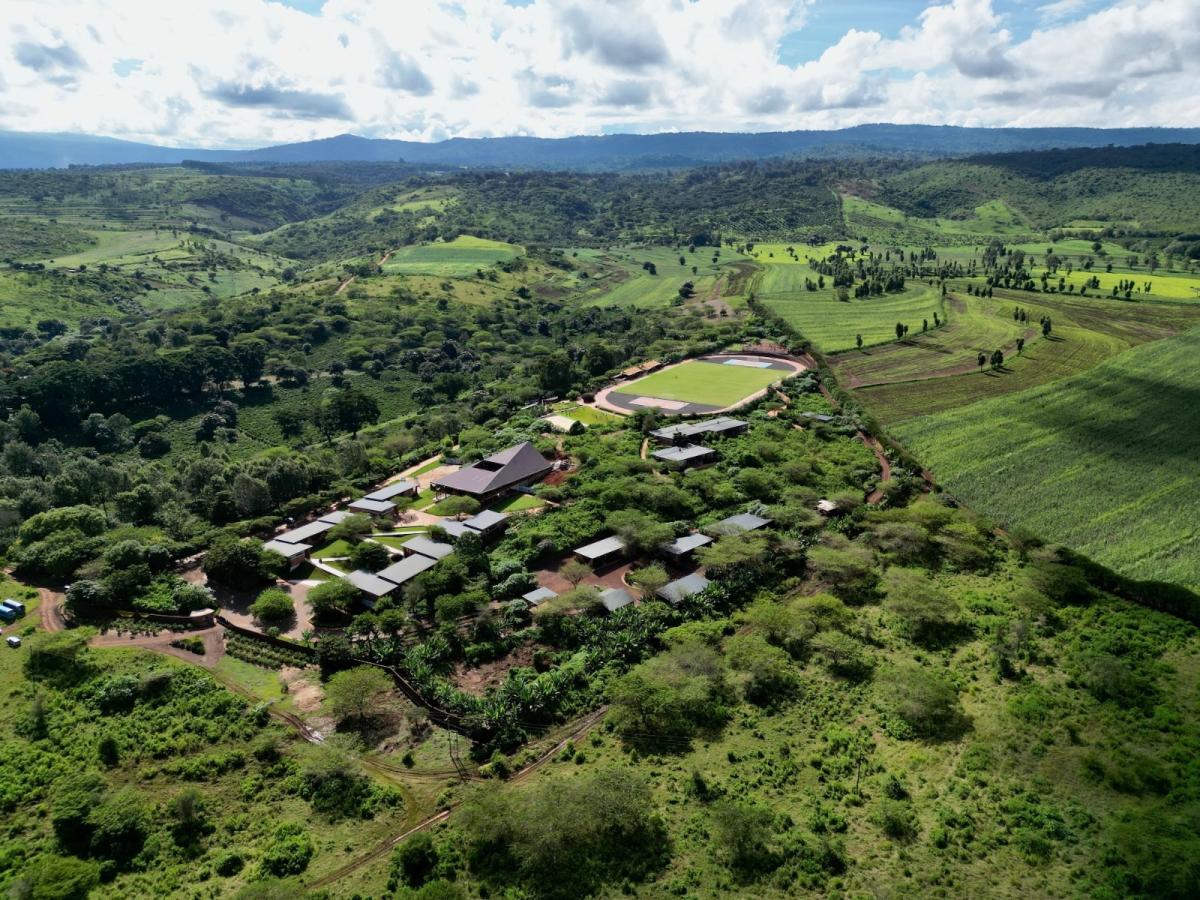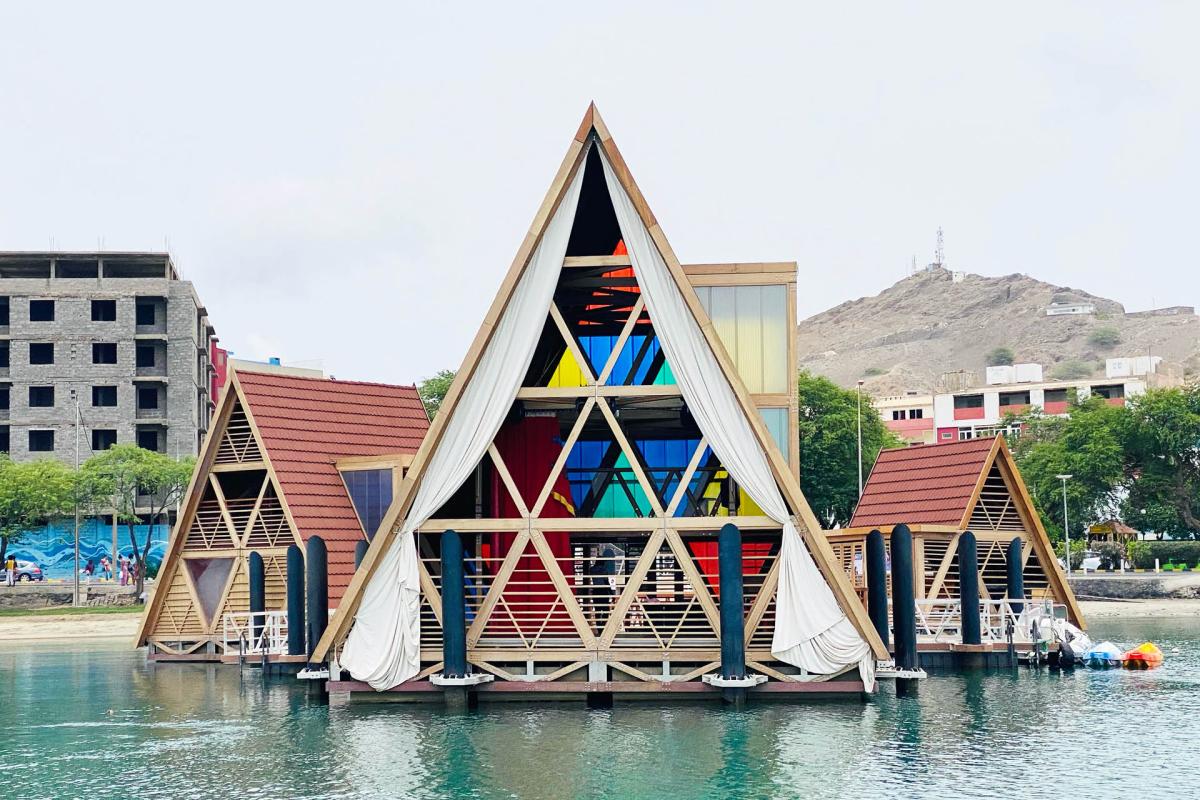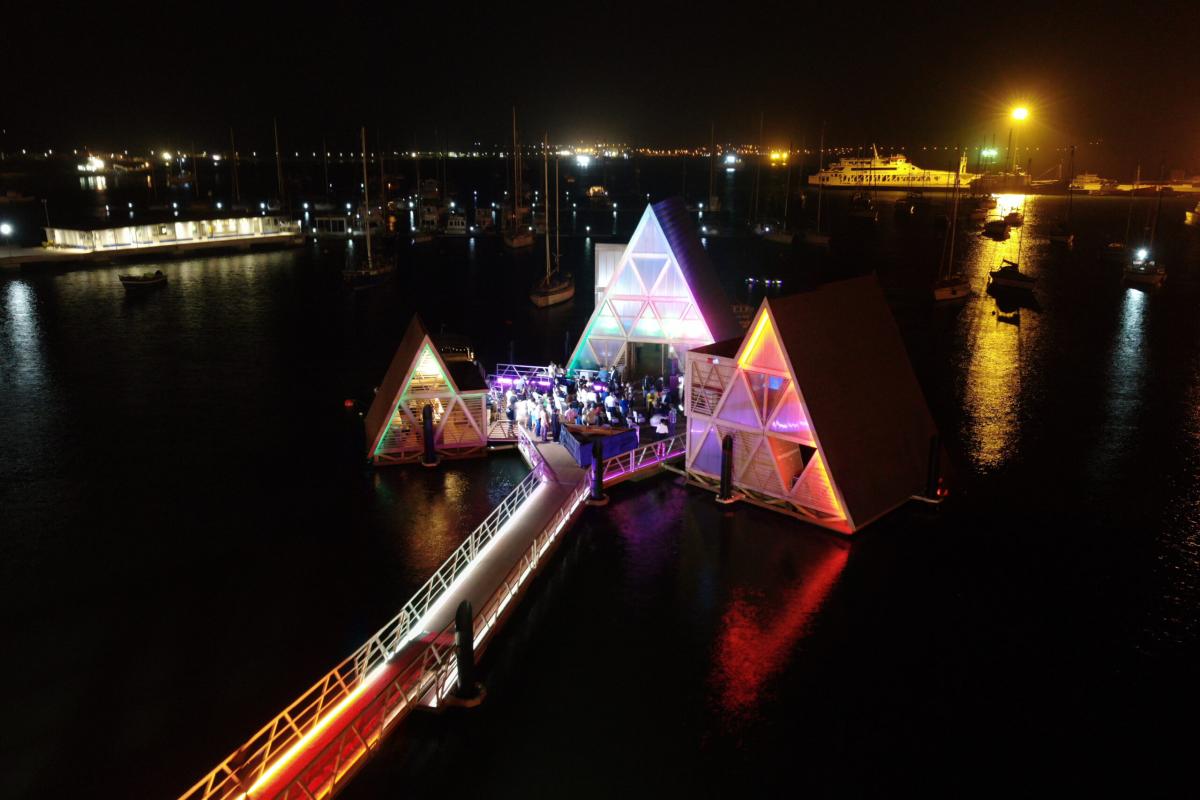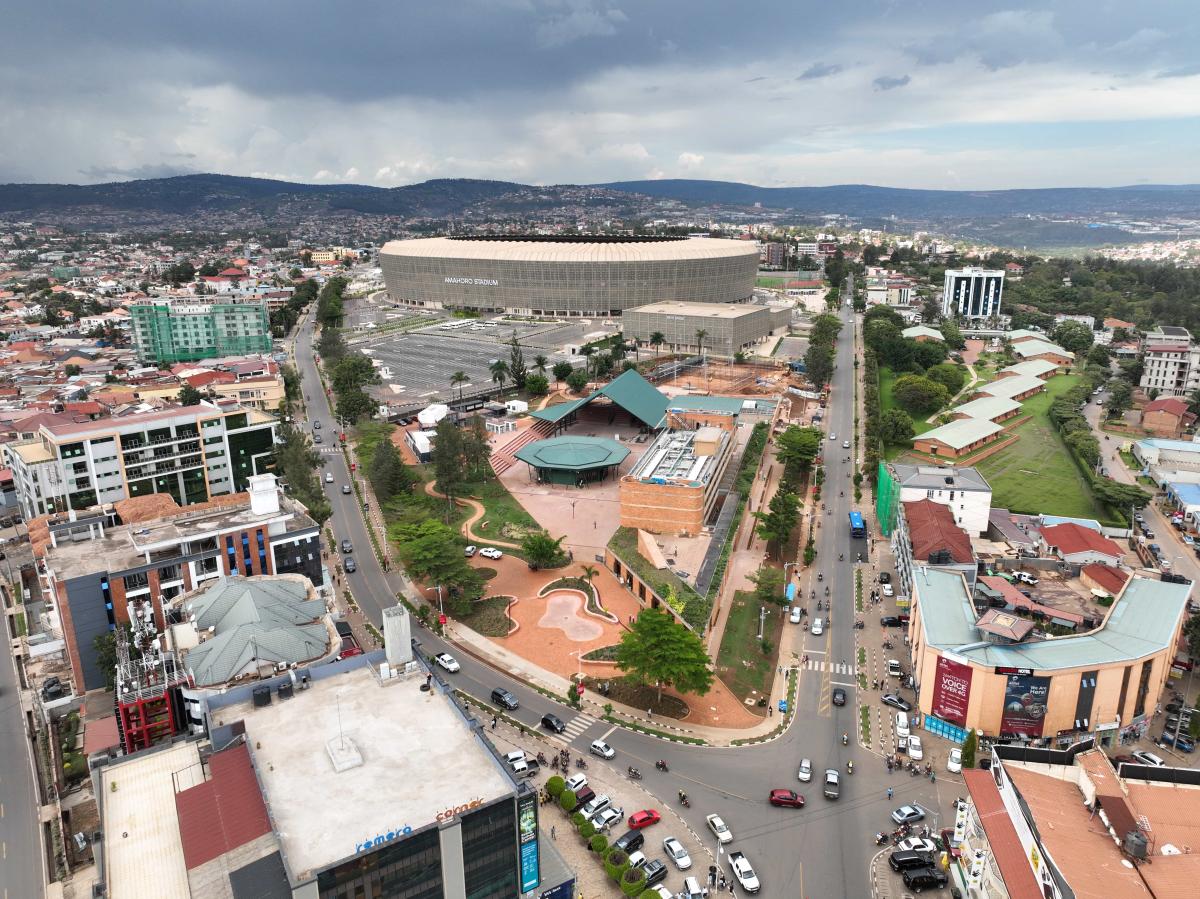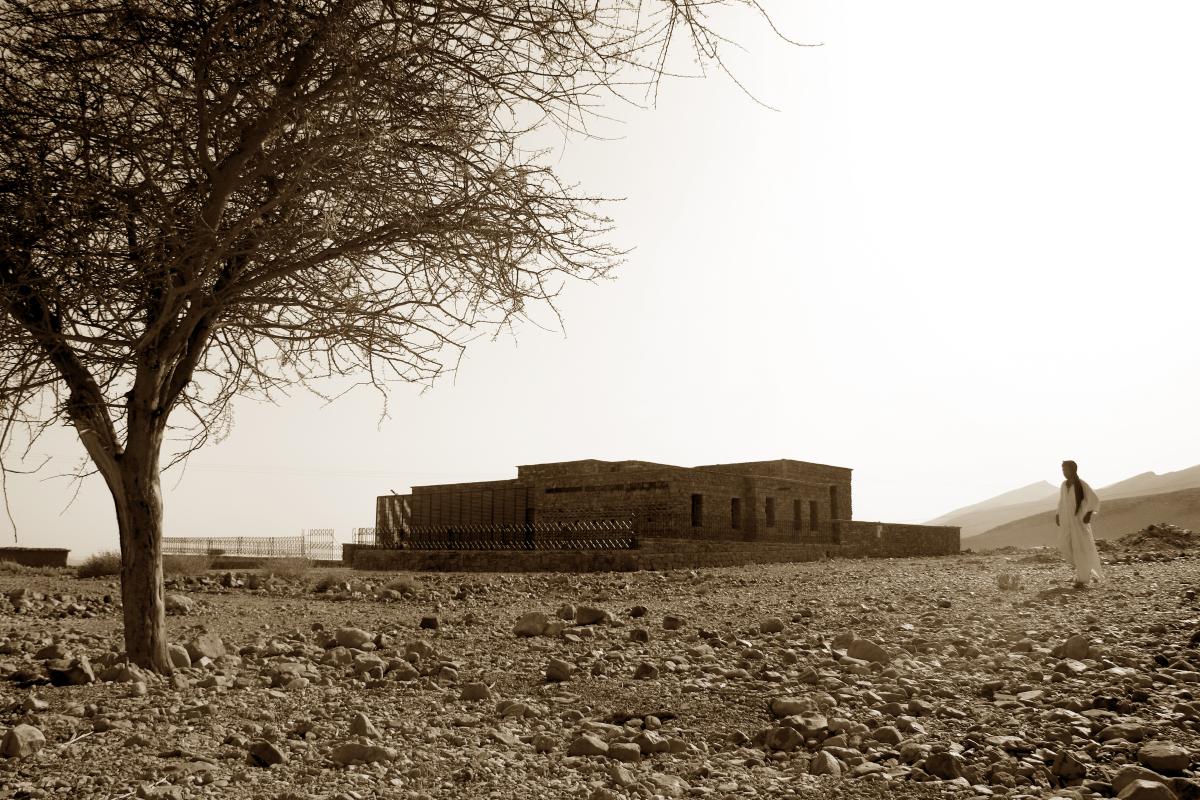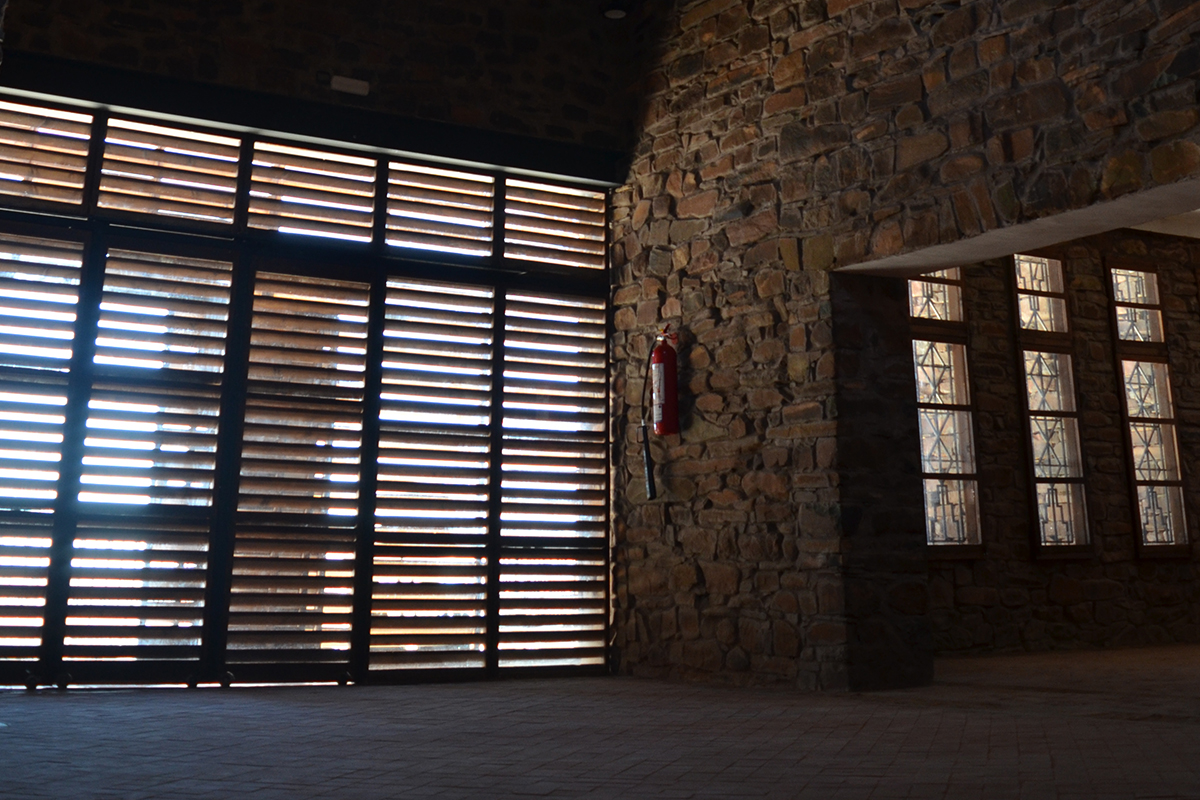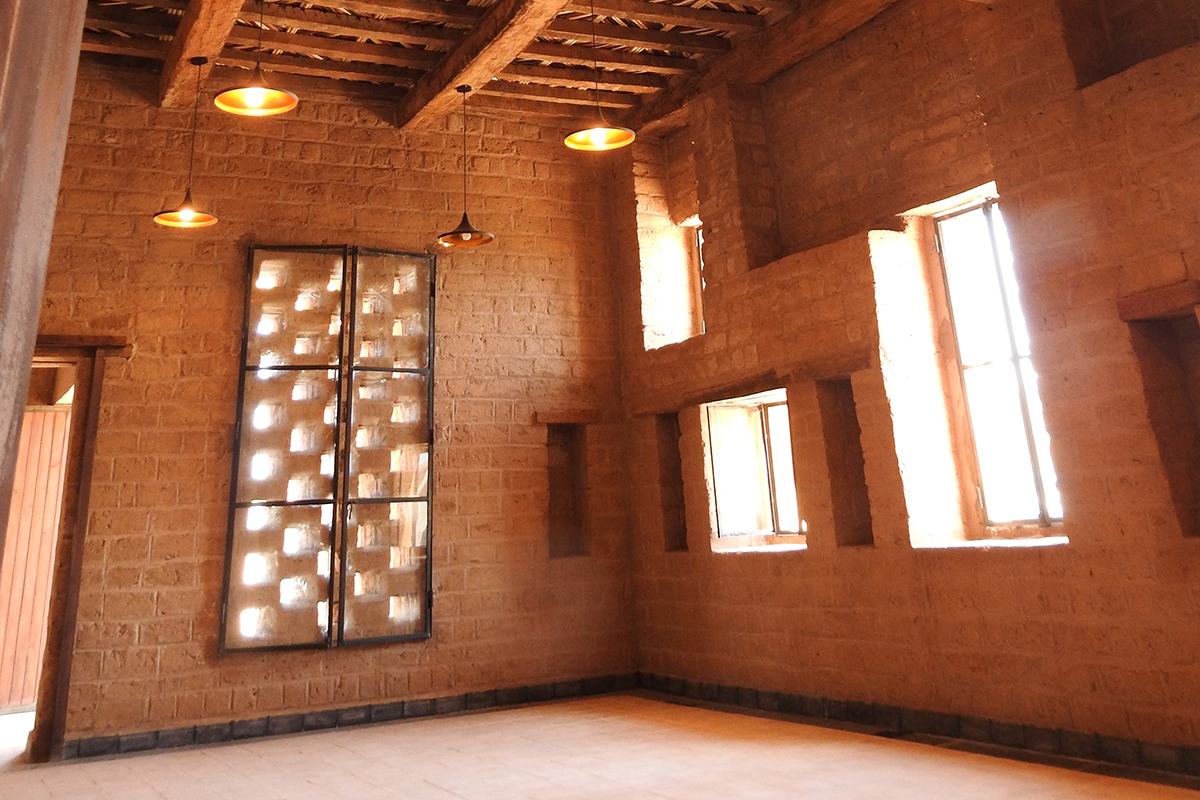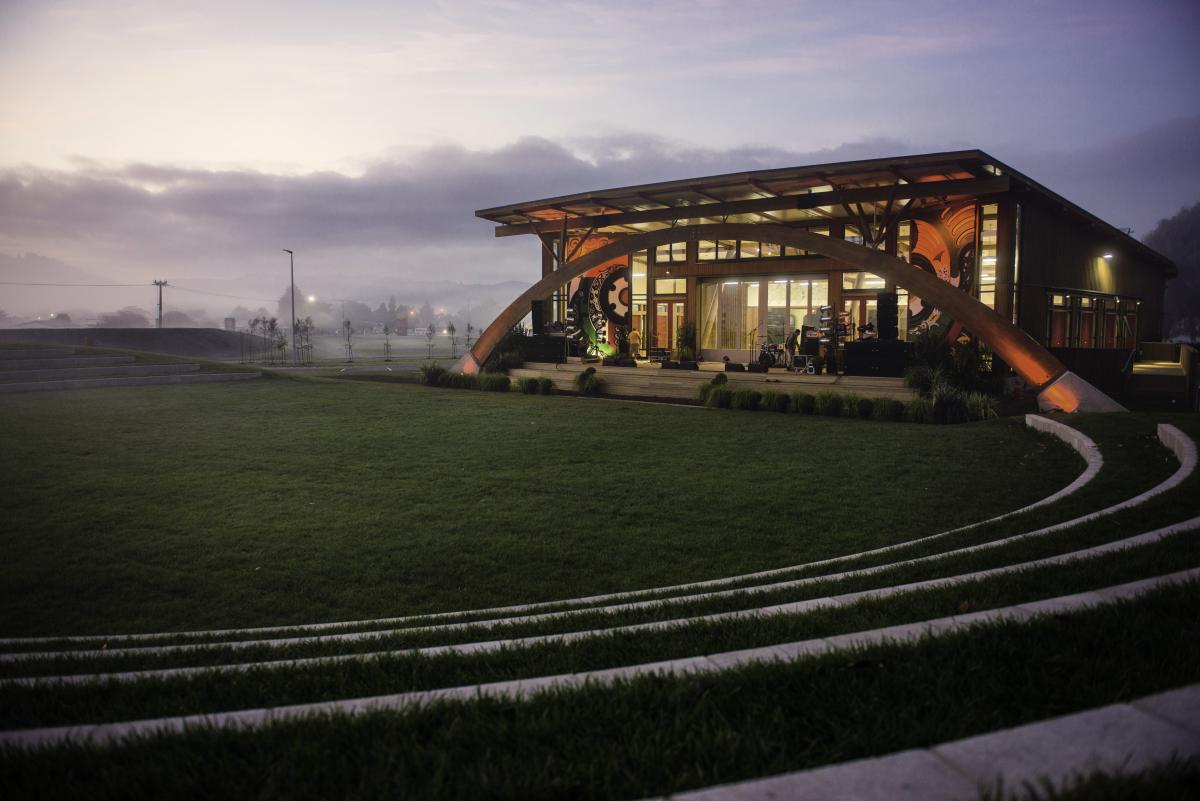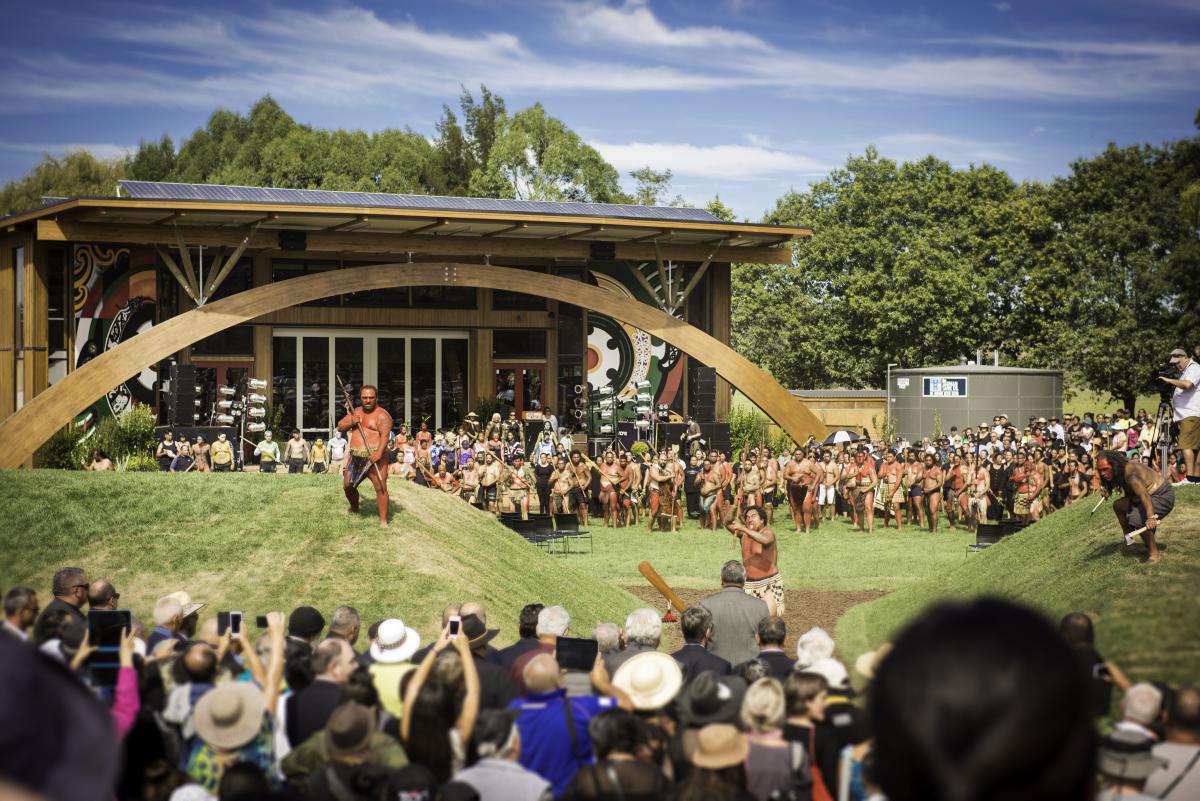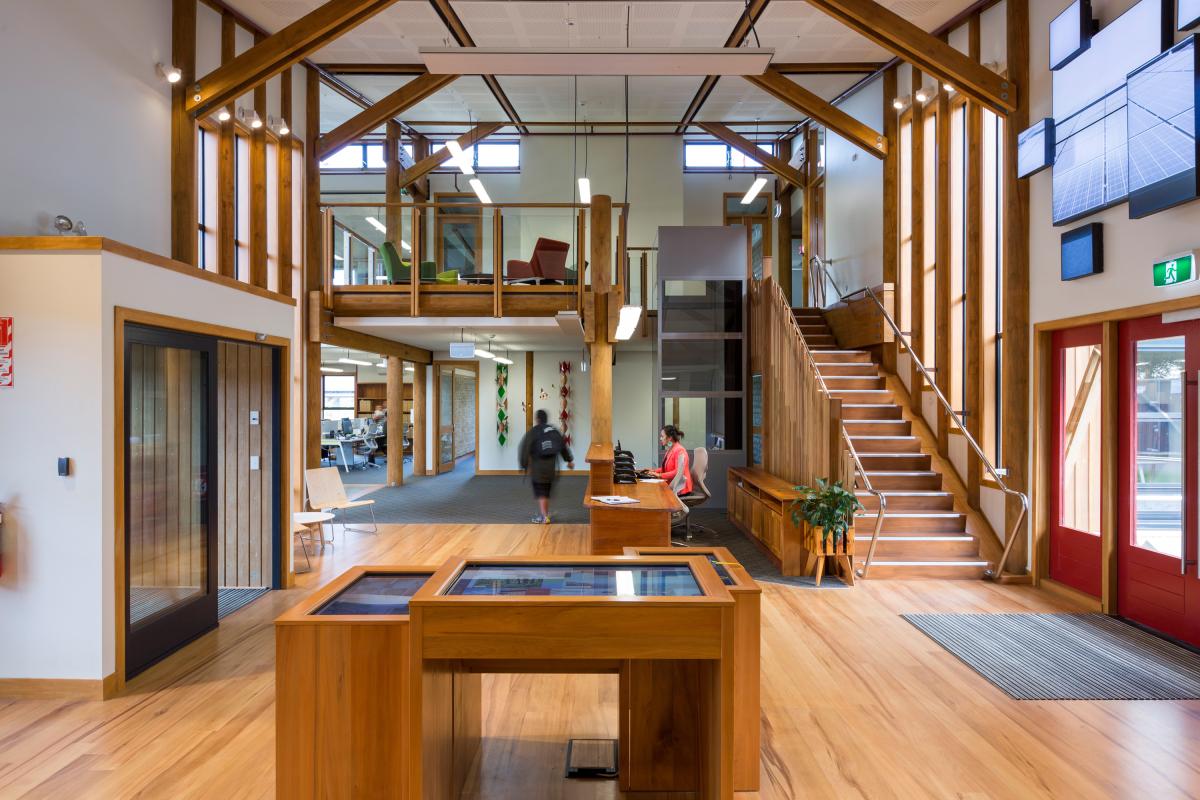DnA Design and Architecture, Xu Tiantian - China
DnA Design and Architecture’s work, led by Xu Tiantian, celebrates the concept of architecture as acupuncture, where minimal interventions create maximum impact. DnA’s designs promote adaptive reuse and long-term sustainability by tapping into the community's own cultural and physical resources. DnA contributes to placemaking that embodies temporality, simplicity, and playfulness, evoking a much-needed sense of solastalgia.
|
Bamboo Theater / Photo: Wang Ziling |
Cuimei Tulou / Photo: Wang Ziling |
|
Jinyun Quarry#8 / Photo: Wang Ziling |
Tofu Factory / Photo: Wang Ziling |
Joar Nango - Sámi / Norway
Joar Nango’s work redefines architecture through Indigenous innovation, ethical practice, and climate-conscious design. Nango advances reconciliation by reclaiming Sámi architectural identity and fosters social justice through community-driven spaces. His fusion of tradition and experimentation sets new benchmarks for climate responsive, sustainable, and decolonized design.
|
A House for all cosmologies / Photo: National Museum of Norway |
A House for all cosmologies / Photo: National Museum of Norway |
|
Girjegumpi utstillings dokumentasjon |
Joar Nango, Girjegumpi in Jokkmokk, 2018 / Photo: Astrid Fadnes |
NLÉ - Lagos, Nigeria / Amsterdam, Netherlands
As a practice NLÉ, led by Kunlé Adegyemi, addresses the urgent challenges faced by megacities in the global south, particularly in relation to rapid urbanization, climate change, and an unpredictable future. The selection committee wanted to recognize NLÉ for achieving maximum impact through minimal means, while promoting community engagement and empowerment, local materials, learning from local practice, simplicity in design, and adaptability.
|
Black Rhino Academy, 2024 / Image by NLÉ |
Mansa Floating Hub, 2021 / Image by NLÉ |
|
Mansa Floating Hub, Evening, 2021 / Image by NLÉ |
Zania Court, 2025 / Image by NLÉ |
Salima Naji - Morocco
Salima Naji’s work demonstrates that architecture acts as a campaign for building conservation with an environmental focus showcasing the potential for an architecture of raw and bio-sourced materials, place-informed design, while rethinking the interface of ecology and culture.
|
MOR Ait Ouabelli Cultural Center / Photo : Coline Kieffer |
Ait Ouabelli Cultural Centre |
|
Ait Ouabelli Cultural Centre |
Oum Gardane / Photo : Salima Naji |
Te Uru Taumatua, Te Wharehou O Tūhoe, Jasmax -Tāmaki Makaurau / Auckland, Aotearoa / New Zealand
Te Uru Taumatua is one of the most culturally and environmentally progressive buildings in Aotearoa, demonstrating a powerful fusion of Indigenous leadership, sustainability, and architectural excellence. Grounded in mana motuhake (sovereignty), it prioritizes Indigenous agency through co-governance. Its climate-positive strategies, net-zero systems, and circular material economy reinforce ecological reciprocity, while fostering social equity through local employment and upskilling.
|
Te Kura Whare / Photo: Ana Dermer - Woolly Lemon Creative |
Te Kura Whare / Photo: Ana Dermer - Woolly Lemon Creative |
|
Te Kura Whare / Photo: Dave Olsen |
Te Kura Whare / Photo: Dave Olsen |
